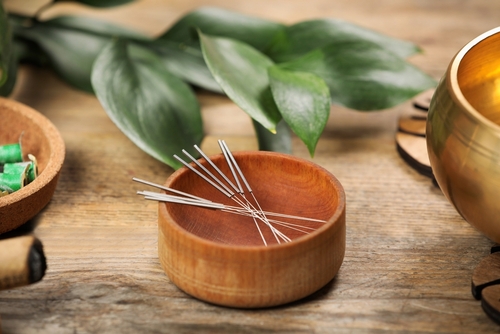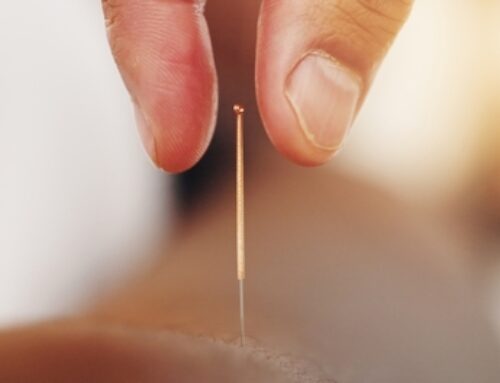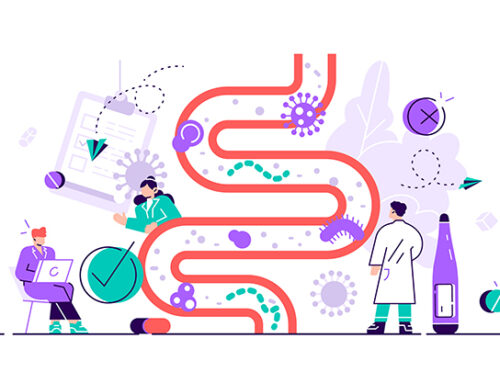In the midst of the opioid crisis, acupuncture has been growing in popularity in the United States. Primarily used in the United States for pain management, this ancient Chinese form of alternative medicine — which involves thin needles being inserted into the skin — has gained support from the U.S. Department of Veterans Affairs and Medicaid as a viable treatment in recent years.
 While the scientific evidence of acupuncture’s benefits is still being explored, the research is well established that it can be used to manage certain pain conditions — especially back and neck pain, osteoarthritis pain, and headaches. It’s also been used to treat a range of other conditions. As its popularity has grown, more people in the United States have begun turning to acupuncture when conventional medicine falls short.
While the scientific evidence of acupuncture’s benefits is still being explored, the research is well established that it can be used to manage certain pain conditions — especially back and neck pain, osteoarthritis pain, and headaches. It’s also been used to treat a range of other conditions. As its popularity has grown, more people in the United States have begun turning to acupuncture when conventional medicine falls short.
Researchers are still trying to determine whether acupuncture can be a beneficial treatment for various health ailments. However, for those who may be seeking alternative options for hard-to-treat conditions, here are four areas in which acupuncture may help.
Chronic Pain Management
The first written account of acupuncture, in “The Yellow Emperor’s Classic of Internal Medicine,” dates to 100 B.C. in China. Acupuncture was described by the early Chinese practitioners as a way to stimulate specific spots around the body prompting a release of energy, or “qi,” which travels through “meridians.” These early practitioners studied how each acupuncture point affected the body. They noticed some reduced pain, some points, reduced anxiety, and others even affected the activities of internal organs such as the digestive system.
More modern research has been able to explain how acupuncture works with a more mechanistic description. Researchers at Harvard’s medical school showed over 20 years ago that the needles stimulate the brain to release beta-endorphins. These chemicals work as the body’s own opioids, lowering pain thresholds. Likewise, some acupuncture points cause the brain to slow breathing, lower blood pressure, and even induce sleep.
The most current area of research with acupuncture is looking at how it affects inflammation rates. Patients with high levels of inflammation are more prone to be in chronic pain and be predisposed to cancer. There are researchers that believe that stimulating the vagus nerve, which runs from the brainstem to the colon, may lower inflammation throughout the body. This would be a major breakthrough treatment for a plethora of chronic health conditions.
Dry Needling:
Dry Needling has become popular in many clinics like ours as a way to reduce specific painful trigger points, tendinopathies, and bone reactions to repetitive trauma. This more targeted approach is often used with less needles and is used as an effective ancillary treatment to Active Release Therapy or joint manipulation. I find that dry needling is a quick effective therapy for more acute pain and injuries. When it comes to more chronic pain, I prefer to use a more holistic acupuncture treatment.
Insurance coverage and expanded use of acupuncture.
States looking to cut opioid prescriptions have been experimenting with extending Medicaid coverage for acupuncture as another option for pain treatment. Rhode Island, Oregon, and Ohio all have programs that extend coverage in part. When Vermont commissioned a small pilot study on acupuncture for chronic pain in its Medicaid population, it concluded that 32 percent of people taking opioids for pain cut back.
The U.S. Department of Veterans Affairs has trained more than 2,800 providers of “battlefield acupuncture,” in their treatment facilities. This acupuncture protocol involves semi-permanent embedded needles in the ear to relieve pain. I enjoy using this protocol to help with headaches, acute and chronic back and musculoskeletal pain, and neuropathic pain. The result depends dramatically on the pain, the practitioner, and the patient.
Opioid Addiction And Acupuncture
 The opioid crisis has also restored interest in acupuncture not just for pain relief, but also for relaxation to help wean people from addictions. Acupuncture has been widely used in addiction clinics since the early 80’s to help reduce the side effects related to opioid withdrawal. It takes only a minute or two to insert the acupuncture needles into the five points that are used for helping to reduce the side effects of addiction. The five points are: The Autonomic Point which calms the nervous system and helps with overall relaxation; the Shen Men or “spirit gate,” which reduces anxiety and nervousness; the Kidney Point, for calming fears and healing internal organs; the Liver Point for detoxification, blood purification, and to quell aggression; and the Lung Point, which promotes aeration and helps clients let go of grief. These same points are also used to help people quit smoking.
The opioid crisis has also restored interest in acupuncture not just for pain relief, but also for relaxation to help wean people from addictions. Acupuncture has been widely used in addiction clinics since the early 80’s to help reduce the side effects related to opioid withdrawal. It takes only a minute or two to insert the acupuncture needles into the five points that are used for helping to reduce the side effects of addiction. The five points are: The Autonomic Point which calms the nervous system and helps with overall relaxation; the Shen Men or “spirit gate,” which reduces anxiety and nervousness; the Kidney Point, for calming fears and healing internal organs; the Liver Point for detoxification, blood purification, and to quell aggression; and the Lung Point, which promotes aeration and helps clients let go of grief. These same points are also used to help people quit smoking.
Conclusion:
Acupuncture has a wide range of useful treatment options for those suffering with pain, emotional trauma, addiction and more. We would be happy to customize a treatment protocol specifically for you to assist with your health needs. We are dedicated to helping you reach your health goals in 2023 and to see you become healthier than you have ever been.







